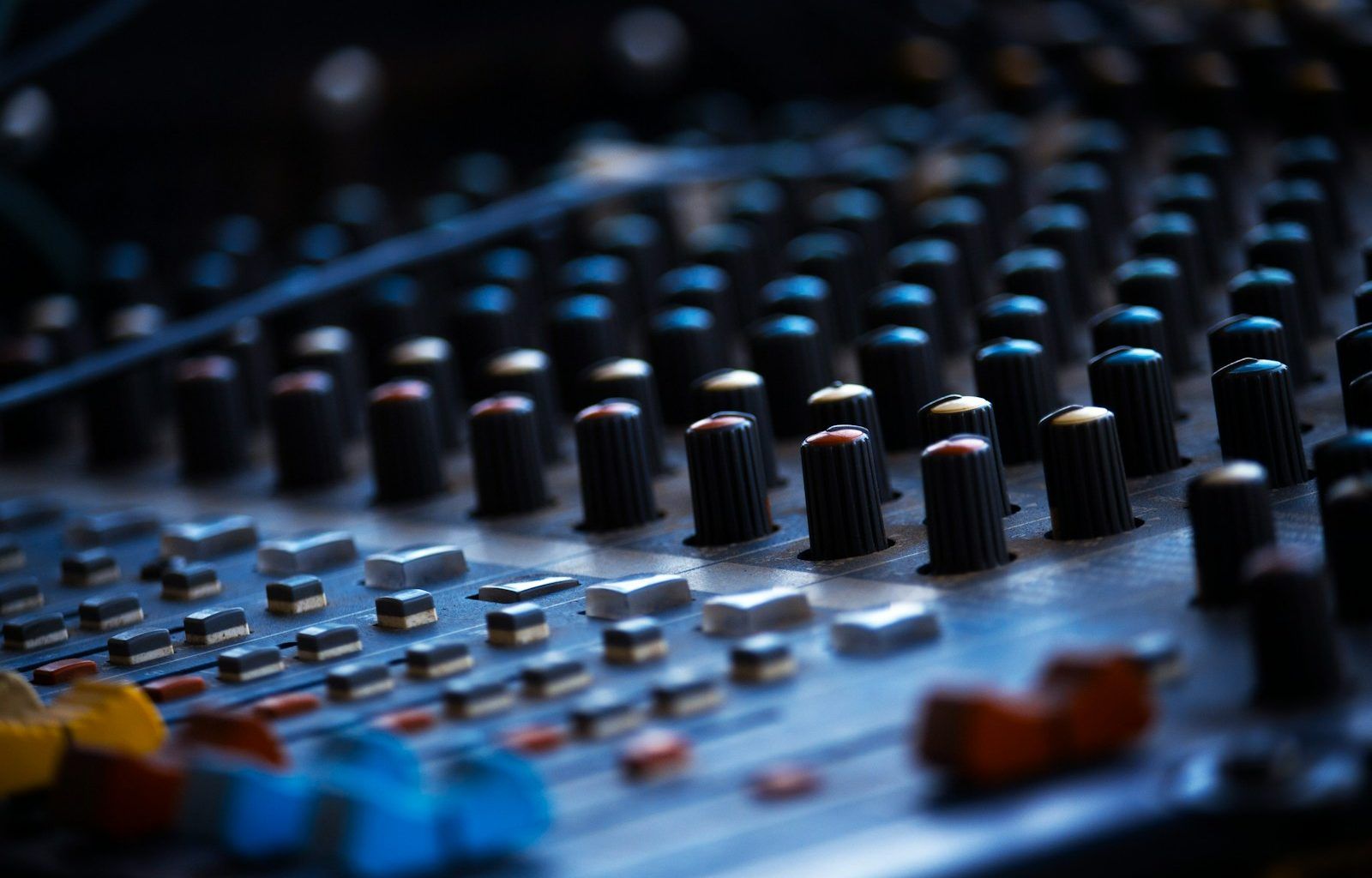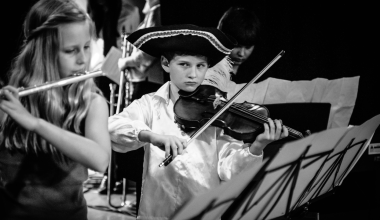The world of Arabic music is rich and diverse, offering a captivating blend of traditional sounds and contemporary rhythms. Each new Arabic song reflects the culture, history, and emotions of its creators, making it a unique experience for listeners. This blog explores the enchanting universe of modern Arabic music, highlighting the factors that make each new release a gem in the vast ocean of melodies.
A New Era in Arabic Music
Arabic music has seen tremendous evolution in recent years. With the rise of streaming platforms and social media, the reach of a new Arabic song has grown exponentially. Artists from the Middle East now share their music globally, connecting with fans far beyond their native countries.
This new wave of Arabic songs often combines traditional instruments like the oud and qanun with modern beats and production techniques. The result? A refreshing yet nostalgic experience that resonates with listeners of all ages.
The Role of Lyrics in Modern Arabic Songs
A new Arabic song is more than just its melody; the lyrics play an equally crucial role. Many songs focus on themes of love, longing, and heartbreak, universal emotions that strike a chord with people everywhere. The poetic nature of Arabic adds depth to these songs, making them a soulful experience.
Contemporary Arabic artists also experiment with themes, addressing topics like self-discovery, societal challenges, and cultural pride. These diverse themes contribute to the growing popularity of Arabic songs across the globe.
Emerging Stars in Arabic Music
The Arabic music industry has seen a surge of fresh talent in recent years. Artists like Mohamed Ramadan, Elyanna, and Aseel Hameem are reshaping the industry with their unique styles. Each new Arabic song they release is eagerly awaited, often trending on music charts within hours of its debut.
These rising stars blend traditional Arabic sounds with global music trends like pop, hip-hop, and EDM. Their innovative approach ensures that Arabic music remains relevant and exciting for modern audiences.
The Impact of Technology on Arabic Songs
The digital revolution has transformed the way Arabic music is created, distributed, and consumed. A new Arabic song can now reach millions of listeners through platforms like Spotify, Anghami, and YouTube. Social media also plays a vital role in promoting music, with artists using platforms like Instagram and TikTok to connect with fans.
Moreover, advancements in music production technology allow artists to experiment with sounds, creating a fusion of old and new. This technological influence is evident in many recent Arabic songs, which feature a seamless blend of traditional melodies and electronic beats.
Traditional Instruments in Modern Arabic Songs
One of the defining features of a new Arabic song is the use of traditional instruments. Despite the influence of modern music styles, instruments like the darbuka, nay, and riq continue to play a significant role in Arabic compositions. These instruments add authenticity and a sense of nostalgia to the music, appealing to both older generations and young listeners.
Popular Genres in Arabic Music
The diversity of Arabic music is reflected in its genres. From classical tarab to modern pop, each new Arabic song offers something unique. Here are some of the most popular genres:
- Pop: Artists like Nancy Ajram and Amr Diab have popularized Arabic pop, a genre that blends catchy melodies with relatable lyrics.
- Hip-Hop: The Arabic hip-hop scene is thriving, with artists using their music to address social and political issues.
- Classical: Classical Arabic music remains a cherished tradition, with artists like Umm Kulthum and Fairuz inspiring generations of musicians.
- Electronic: DJs and producers are increasingly incorporating Arabic sounds into electronic music, creating a global appeal.
The Global Appeal of Arabic Music
Arabic music has a universal charm that transcends language barriers. A new Arabic song often features captivating melodies and rhythms that resonate with listeners worldwide. Collaborations between Arabic artists and international musicians further amplify this global appeal, introducing new audiences to the beauty of Arabic music.
The Future of Arabic Music
The future of Arabic music looks promising, with a steady stream of talent and innovation shaping the industry. As more artists experiment with sounds and themes, each new Arabic song becomes a testament to the creativity and resilience of Arabic culture. With growing global recognition, the journey of Arabic music is only just beginning.
For further reading, explore these related articles:
- DMT Records Private Limited – Your Gateway to Music Success
- Everything You Need to Know About Netflix Subscription Monthly Plans
For additional resources on music marketing and distribution, visit DMT Records Private Limited.





